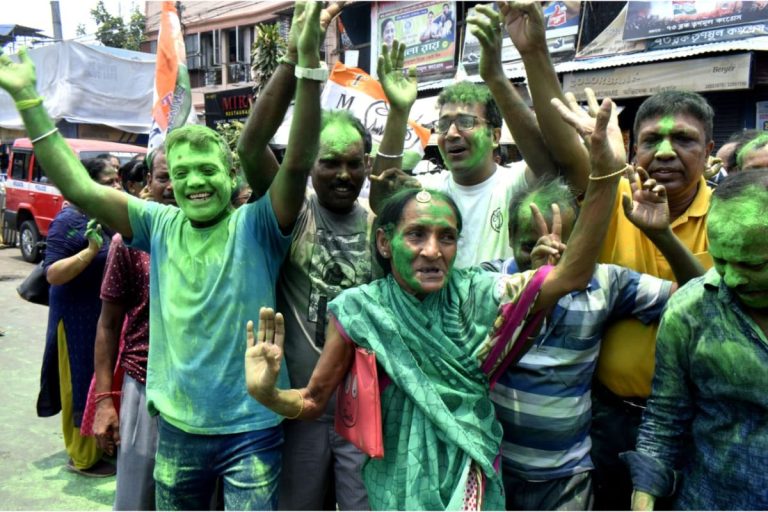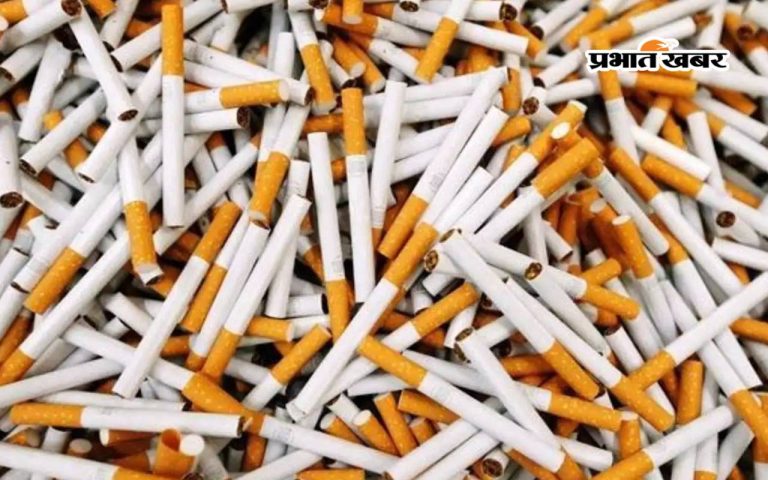Caste politics in Haryana, what is the significance of '36 communities' and why is it mentioned again and again?
The political agenda is set through the Haryana assembly election campaign. While the BJP is trying to achieve a hat-trick of power, the Congress is scrambling to end its 10-year exile. Former Chief Minister Bhupendra Singh Hooda has been claiming that the Congress is getting support from 36 communities in every rally. BJP leaders are also talking about the interests of 36 communities. Apart from this, the mention of 36 communities can be heard in village Samaj Panchayat and Kap meetings. In Haryana, caste politics may play out between Jat and non-Jat political parties, but the issue is about the interests and representation of the 36 communities. Congress has fielded maximum 35 Jat candidates while BJP has given tickets to maximum 24 OBC candidates. Through this, both the parties, BJP and Congress, have insisted on selecting 36 communities, even if they choose candidates according to the political mood. In such a scenario, the question arises as to what are the 36 communities in Haryana and what is their political significance. Where does the word brotherhood come from? The word brotherhood comes from baradar, the Persian word for the brotherhood of a clan or tribe. The English word brother is derived from it and is associated with caste and community in India. They usually ask each other what caste and community they belong to. Professor Vivek Kumar of JNU University believes that in the Indian subcontinent the word fraternity is used for caste. Similarly, in Haryana, 36 communities are used for the entire community because there are more than 36 castes. Haryana has a large number of Jat community Haryana has a large number of Jat community who belong to the general category, while in states like UP and Rajasthan they belong to the OBC. Jats make up 25 to 27 percent of Haryana's population. After this, 21 percent of the people belonging to the Dalit community have divided into various sub-castes including Ravidasi, Valmiki. OBCs constitute 30 to 32 percent of the population, comprising about 32 sub-castes including Gurjar, Yadav, Saini, Prajapati, Kamboj, Kumhar, Sunar (Sonar), Lohar. The upper caste community consists of castes like Punjabi, Brahmin, Rajput, Vaisya (Bania). Apart from this, the Muslim community is also divided into various castes. 36 COMMUNITY SUPPORT In the hectic environment of assembly elections, when a candidate goes to a village to campaign, the people and supporters of that village welcome him. In such a situation, efforts are being made to convey the message that all 36 communities welcome them. This is the reason why 36 communities are being asked not only in Haryana but also in Western UP and Rajasthan. It is said to have the support of 36 communities ranging from Jats to Gurjars and Muslims. As Haryana has more than 36 castes, the talk of 36 communities is just a buzzword, said six-time former MLA and former finance minister Sampath Singh, an English daily reported. In 2016 I called for a program to strengthen brotherhood among all castes at my home in Hisar, which was attended by people from around 85 castes. The term '36 Bharathari' is commonly used for the brotherhood of Haryana. It is used to promote harmony in society and does not refer to the number of castes. Professor S.K. What does Chahal say about the 36 communities in Haryana? Medieval Persian writers, in their travelogues, mention that there were 36 pradharis (clans or kingdoms) in northern India. 36 dynasties are mentioned in the history of Rajputs. It is similar to 84 khap. It means Kap Panchayat of 84 villages, but the sum of all Kaps is not equal to 84 villages. Similarly, 36 pradhari is an idiom used to refer to different communities. This does not mean that there are actually 36 communities. In the Haryana elections, by talking about the support of 36 communities, it is believed that the leaders are trying to project their image as leaders of the entire community. It is seen in politics that many prefer to keep the interests of their caste groups in mind to reach a certain vote bank. In such a situation, we are talking about social welfare of 36 communities to get the support of the entire society. This time the BJP has bet on wooing the non-Jats by establishing the Congress as a Jat party in the 2014 and 2019 elections. In such a scenario, it is believed that the Jat vote bank in Haryana will not go with the BJP. Congress and Bhupendra Hooda are talking about supporting 36 communities to break the pro-Jat image. Congress is gambling on the support of 36 communities in Haryana by giving tickets to Jats, Dalits, OBCs, Punjabis, Brahmins and Muslims. Considering the political strength and importance of the Jat vote in Haryana, the BJP fielded 17 Jat candidates. In the Lok Sabha elections, the Jat community united and voted in favor of the Congress, which resulted in a loss for the BJP. BJP fielded 17 Jat candidates in this election. Apart from this, efforts have been made to give the message of 36 communities by giving tickets not only to OBCs, Brahmins, Punjabis but also to two Muslims.






